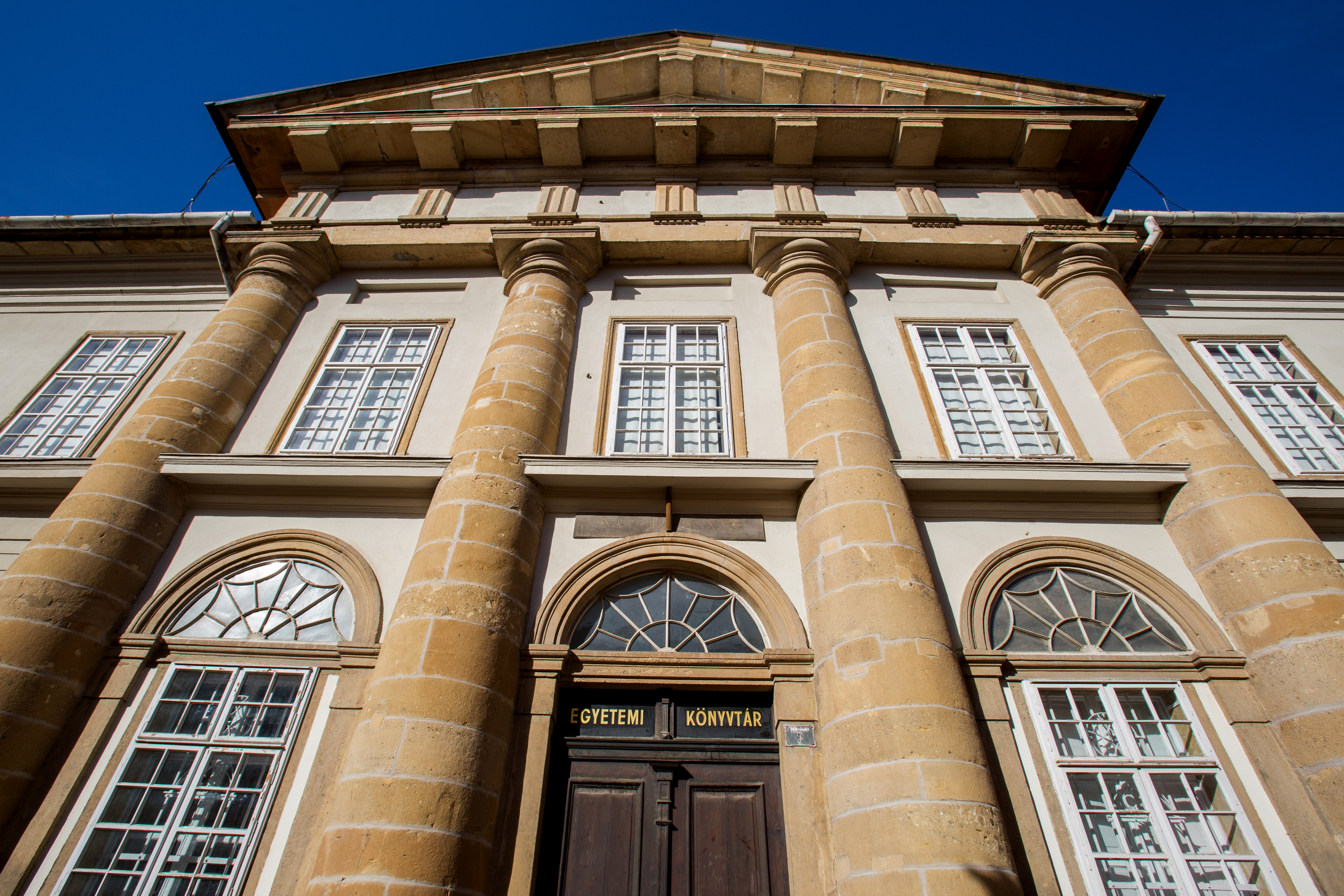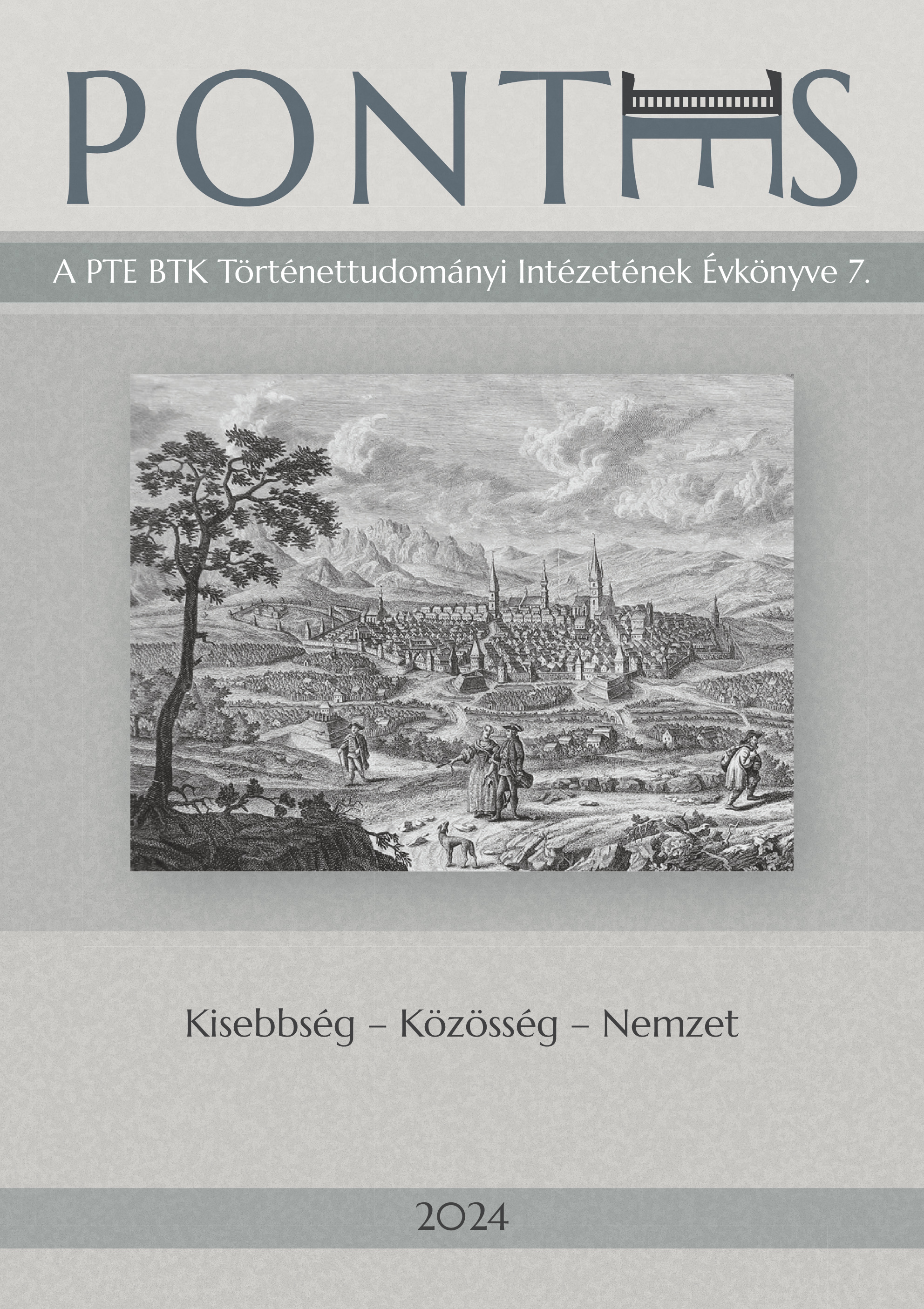The relations between the Austro-Hungarian Monarchy and Great Britain in the period after the Reconciliation (1867-1871), based on the archives of János Lutter and Virgil Mühlbacher in Pécs
DOI:
https://doi.org/10.15170/PONTES.2024.07.01.08Keywords:
Austro–Hungarian Monarchy, Diplomacy, Ferdinand Beust, Great Britain, Haus-, Hof-, und StaatsarchivAbstract
In the politically turbulent period of the late 1860s, when the Austro-Hungarian Empire was emerging from a Prussian-Austrian war, Foreign Policy Decision-makers of the state were desperate for allies. Between 1867 and 1871, the Monarchy was exhausted militarily, economically, and socially, and seemed incapable of exercising modest power display, as it was just beginning to rebuild aft er the defeat at Sadowa. Almost as a matter of course at this time, the Monarchy was looking for an alliance with another empire, and Britain happened to look for a continental partner. The island nation was initially rather disinterested in the affairs of the continent, as the English liberal political elite had to deal with issues such as the Irish question, the American Civil War and the extension of voting rights in 1867. Nonetheless, the renewed Austro-Hungarian state attracted attention as Austria’s transformation created a new situation in Europe. On a personal level, the relations between the two states included the subordinates of the Austrian Chancellor and Foreign Minister Friedrich Ferdinand von Beust: the Hungarian-born Count Rudolf Apponyi (II), who represented Austria-Hungary as ambassador in London until his dismissal in 1871, and the later Foreign Minister, Count Gusztáv Kálnoky. The foreign policy-related archival material of the Haus-, Hof- und Staatsarchiv (HHStA) of the Austro-Hungarian Monarchy and the foreign relations of the second half of the century were the subject of many national and foreign authors. Between 1926 and 1930, Virgil Mühlbacher researched the Austro–Hungarian archive documents of the period between 1867 and 1871, and prepared extracts for János Lutter, who published regularly between the two world wars. These documents are currently housed in the Historical Collections Department of the University of Pécs (PTE-TGYO). Also, the authors may have be planning to publish a major work. In addition to the extracts, the boxes contain copies of documents from the HHStA. Conclusively, there is no comprehensive work available on the chancellorship of Beust, in the period between 1867 and 1871 currently. However the documents left behind by Mühlbacher, which are the subject of the present study, could have filled this gap in the history of Hungarian foreign policy. A further interesting feature of the documents is that Mühlbacher’s notes on the documents from the London embassy are more detailed, than his copies of the documents from the Berlin, Belgrade and Paris embassies. It is also worth noting that some of the documents are presumably only available in Pécs, and are not available in their original location in Vienna.

Downloads
Published
Issue
Section
License

This work is licensed under a Creative Commons Attribution-NonCommercial-NoDerivatives 4.0 International License.














